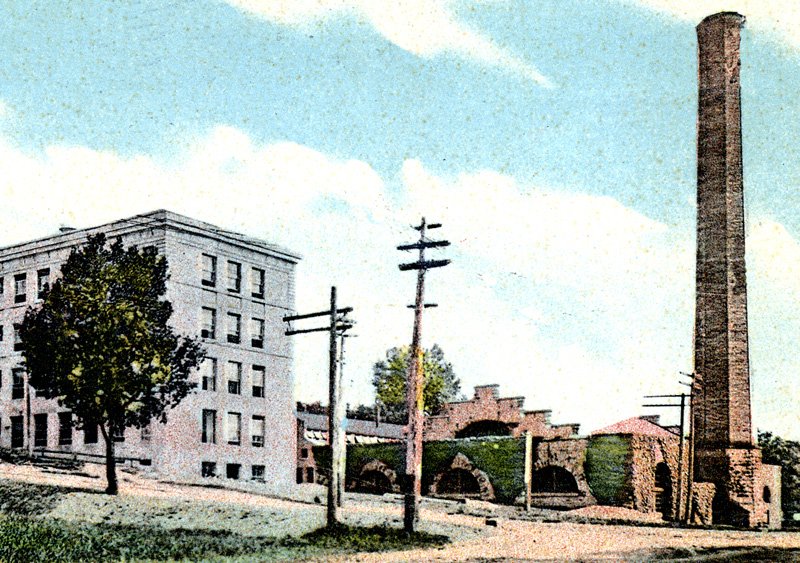
By
Bob Hibbs
Local
Historian
Bunkers
like those used for ammunition storage at military arsenals once inhabited an
area along Madison Street in Iowa City across from present-day University
Library on a site now occupied by the lower sections of the University of
Iowa’s engineering hall.
Explosions
in such bunkers limit damage to surrounding facilities.
Why
in Iowa City?
The
short answer is the bunkers which existed a century ago protected the UI
engineering building from potential mishaps in the steam shops used as
teaching facilities. Each bunker contained a boiler used to produce steam to
power machinery, or which could be used to heat UI buildings as the weather
dictated.
They
served both academic and utilitarian purposes from the safety of the
dirt-shrouded man-made caves.
A
century ago the boilers heated as much as the western two thirds of the UI
campus. The entire campus was then located east of the Iowa River; it was 1917
before the first major UI building was erected west of the river as
Children’s Hospital, later called Steindler Building. The last of it was
demolished this last year to make way for the new College of Medicine digs.
A
century ago a sister facility of considerably different design served the
eastern third of the UI campus, including University Hospital which then was
located along Iowa Avenue east of Linn Street. The sister rested where the
State Historical Society of Iowa building exists today at Iowa Avenue and
Gilbert Street.
Both
facilities featured tall smoke stacks and typically used coal as fuel.
When
UI was first opened in 1855 in the Mechanics Academy located along Linn Street
north of Iowa Avenue, heating was provided by stoves in the building.
Likewise, when UI moved into Old Capitol after state government was
moved to Des Moines in December 1857, heat came from four fireplaces and a
dozen or so wood stoves located in virtually every hallway and office.
With
open fires in fireplaces, the potential for hot embers among ashes carried
from stoves and with candles used for lighting, there is little wonder that
there was constant worry about the prospect of fire. Old Cap housed the entire
university until South Hall was opened 100 feet south of Old Cap in 1863.
The
first central heating plant occupied the lower of two levels of a
30-by-40-foot red-brick armory located 60 feet west of Old Capitol. It came
even before limestone replaced wood in sidewalks around Old Cap in 1876,
before the first telephone arrived in 1889, or the first electric lamp in
1905.
Although
records show a $2,000 furnace replaced heating in Old Cap in 1866, this likely
was a boiler system since in modern usage the word furnace usually implies a
forced air system.
Steam
shops were incorporated within a 1931 engineering building addition erected on
the site of these previous-generation bunkers. A replacement chimney was built
about a hundred feet from the original one in an interior corner of the
revised building, permitting access to it from both wings of the structure.
Steam
production and steam operated machinery remained important in American
industry until the middle of the 20th century, thus producing demand for the
subject in the university curriculum.
The
next incarnation of steam production at UI was created along the Iowa River at
the present site of the UI Power Plant adjacent to the Burlington Street
bridge. That facility recently was fitted to burn husks from Quaker Oats in
Cedar Rapids as an experiment with alternative fuels for some of boilers.
Although
academics have moved beyond steam powered equipment, and regardless of fuel
type or global warming, Iowa winters still require heat in the University’s
120 buildings scattered over 2,000 acres of Iowa City and Coralville.
Of
course, air conditioning is now a must, too.
Next
Saturday:
Hotelier Albert Burkley’s Kirkwood Avenue home, Ardenia. Bob Hibbs collects local postcards and researches history related to them.
|